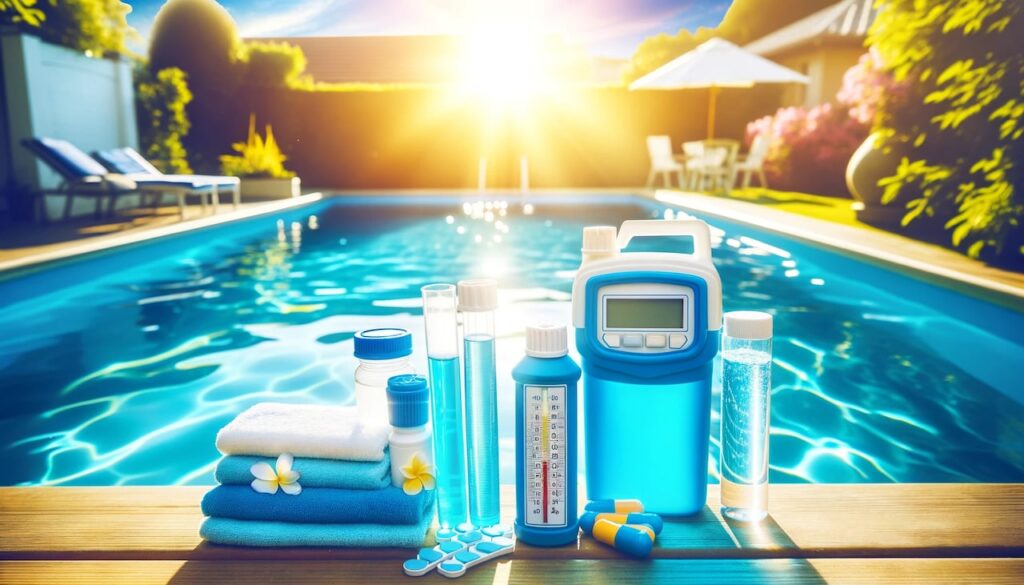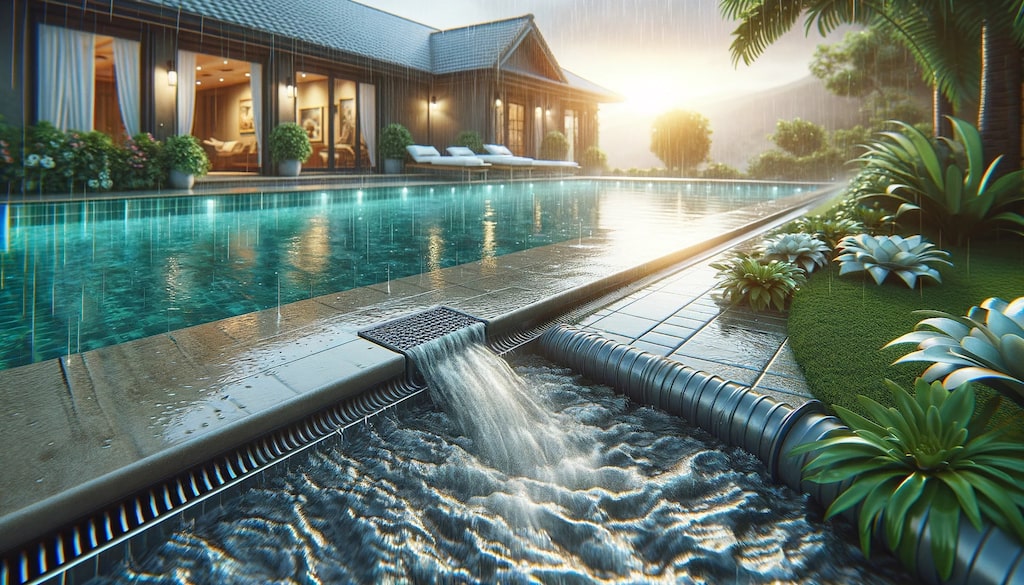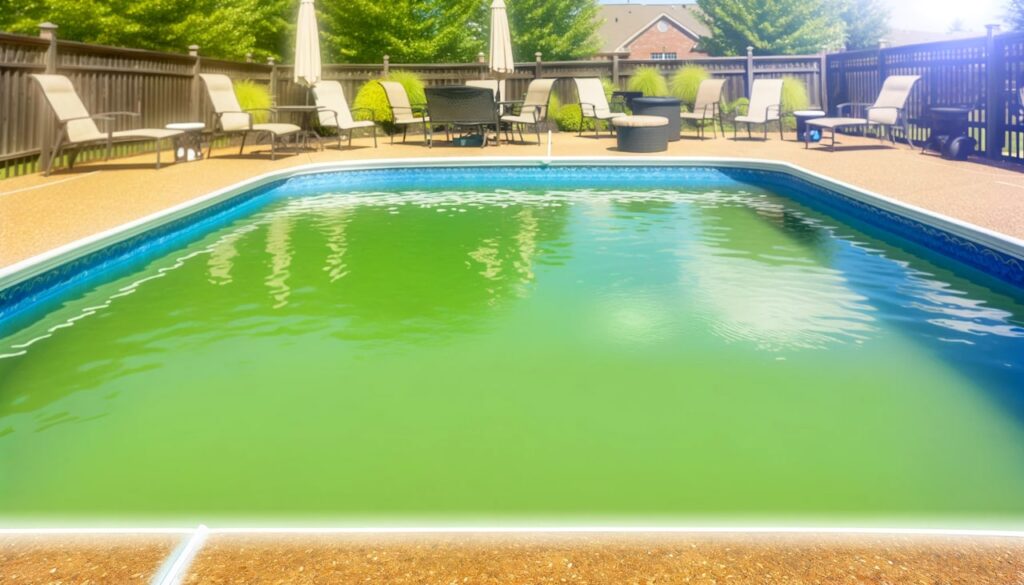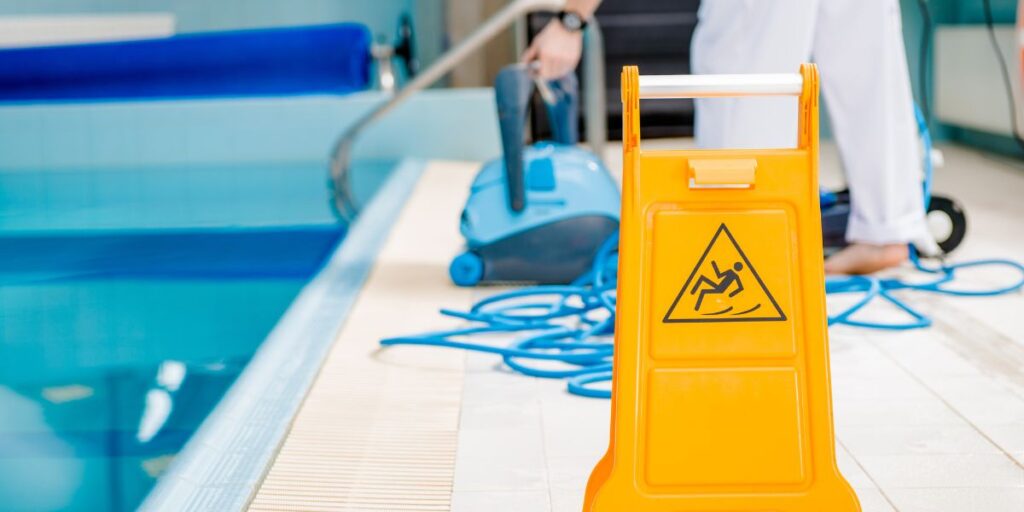Maintaining optimal free chlorine levels is crucial for a safe and clean swimming environment. If you’re wondering how to increase free chlorine in your pool, this blog provides effective methods to ensure your pool stays sanitized.
Total chlorine is the sum of both free chlorine and combined chlorine. Free chlorine refers to the chlorine available to sanitize water, whereas combined chlorine represents chlorine that has already reacted with contaminants and is no longer effective as a sanitizer. Maintaining the correct balance of free chlorine is crucial for pool hygiene and safety.
Understanding Free Chlorine Levels
The ideal free chlorine levels for pools typically range from 1 to 3 parts per million (ppm), ensuring efficient sanitation without irritating swimmers’ skin or eyes. Several factors can influence these levels, including exposure to ultraviolet (UV) light from the sun, which degrades chlorine, variations in temperature, and the frequency and volume of pool usage. High temperatures and heavy usage can deplete chlorine levels more rapidly, necessitating more frequent adjustments to maintain optimal sanitation.
How to Increase Free Chlorine in Pool
Increasing free chlorine level in the pool is crucial for maintaining a healthy and safe swimming environment. Here’s a more detailed exploration of the methods to achieve this:
1. Direct Addition of Chlorine
This is the most common and immediate method to raise free chlorine levels in the pool. Depending on your preference and the specific needs of your pool, you can choose from several types of chlorine:
- Liquid Chlorine (Sodium Hypochlorite): Fast-acting and straightforward to use, liquid chlorine is ideal for quickly raising chlorine levels. It’s particularly suited for large pools or urgent adjustments due to its rapidly dissolving nature. However, it has a relatively short shelf life and can raise the pH of pool water.
- Chlorine Granules (Calcium Hypochlorite): These need to be dissolved in water before being added to the pool to ensure even distribution and prevent damage to the pool’s surfaces. Granular chlorine is not only effective in sanitizing but also increases the calcium hardness of the water, making it suitable for pools with naturally soft water.
- Chlorine Tablets (Trichloroisocyanuric Acid or Dichloroisocyanuric Acid): Convenient for ongoing maintenance, these slow-dissolving tablets can be placed in a floating dispenser, skimmer basket, or automatic feeder. They provide a steady supply of chlorine, are easy to use, and often include stabilizers (cyanuric acid) to protect chlorine from UV degradation. However, they can lower the pH and increase cyanuric acid levels over time, requiring monitoring and adjustment of water chemistry.
2. Shock Treatment
Shocking your pool refers to adding a large dose of chlorine (or a non-chlorine alternative) to rapidly increase free chlorine levels and eliminate contaminants such as bacteria, algae, and organic waste. This method is particularly effective for addressing cloudy water, algae blooms, and heavy pool usage. It’s recommended to perform shock treatments during the evening or at night to prevent UV rays from diminishing the chlorine’s effectiveness before it has fully sanitized the pool.
3. Saltwater Chlorine Generators
For saltwater pools, a saltwater chlorine generator can be an efficient way to continuously generate free chlorine through the electrolysis of salt (sodium chloride) dissolved in the pool water. These systems allow for precise control over chlorine production and can be adjusted to increase production when needed. They offer the convenience of automated chlorine generation, reducing the need for direct chemical handling and providing a more stable chlorine level.
Tips for Enhancing Chlorine Efficiency
Maximizing the efficiency of the chlorine in your pool can indirectly increase its sanitizing power:
- Balance Water Chemistry: Ensure pH, total alkalinity, and cyanuric acid levels are within their ideal ranges to optimize chlorine’s effectiveness.
- Minimize Chlorine Demand: Regularly removing debris, keeping the pool clean, and encouraging swimmers to shower before entering can reduce the organic load in the pool, allowing free chlorine to focus on sanitizing rather than oxidizing contaminants.
- Use a Pool Cover: Minimizing direct sunlight exposure with a pool cover can slow chlorine’s degradation, preserving free chlorine levels for longer periods.
Safety Precautions
Handling chlorine and other pool chemicals requires care to avoid accidents or injuries:
- Protective Gear: Always wear gloves and goggles when handling chlorine to prevent skin and eye irritation.
- Proper Storage: Store chlorine in a cool, dry place away from direct sunlight and other chemicals to prevent reactions that could lead to fire or explosion.
- Follow Instructions: Always read and follow the manufacturer’s instructions for safe use and dosage.
FAQs
Q1: How often should I add chlorine to my pool?
Adding chlorine to your pool should be based on the results of regular water testing. Typically, during heavy use or in the hot summer months, you might need to add chlorine more frequently, possibly daily or every other day, to maintain optimal levels.
Q2: Can I swim immediately after adding chlorine?
It is advisable to wait at least a few hours after adding chlorine to the pool before swimming. This allows the chlorine to be evenly distributed throughout the pool and ensures the chemical levels are safe for swimmers.
Q3: How can I reduce chlorine usage in my pool?
Optimizing chlorine usage involves maintaining balanced pool chemistry, using a pool cover to reduce UV light exposure and evaporation, keeping the pool clean to reduce the organic load, and considering alternative sanitizers or supplemental systems like UV or ozone to reduce reliance on chlorine.
Q4: What should I do if my pool has too much chlorine?
If your pool’s chlorine levels are too high, you can let it naturally degrade by exposure to sunlight, partially drain and refill the pool with fresh water, or use a chlorine neutralizer. Always test the water before taking corrective actions to ensure safety.
Final Takeaways
Maintaining the correct levels of free chlorine in your pool is paramount for ensuring the water is clean, safe, and inviting for swimmers. It not only plays a crucial role in sanitizing and disinfecting the pool but also in preventing the growth of algae and the spread of waterborne diseases. Regular testing and adjusting of free chlorine levels, along with balancing other crucial water chemistry parameters, can significantly enhance the swimming experience while minimizing potential health risks and pool maintenance issues.
By following the guidance provided on how to increase free chlorine levels, along with the recommended safety precautions, pool owners can enjoy the benefits of a well-maintained pool throughout the swimming season. Remember, a proactive approach to pool maintenance is the key to crystal clear and healthy pool water.



